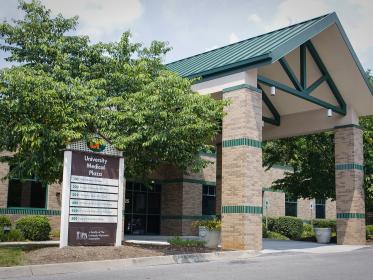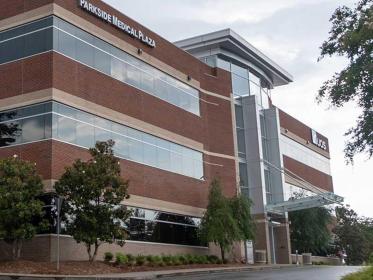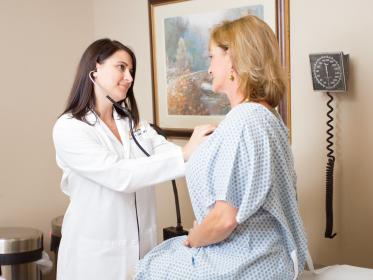What Does the Term Pelvic Pain Mean?
Pelvic pain is a term used to describe nondescript, generalized pain in the female pelvis. Medical professionals consider it to be chronic pelvic pain if it lasts for six months or more. The pain experienced by those with chronic pelvic pain may be sharp and stabbing in nature. Also, it can be perceived as more dull and achy.
Causes
Many things may cause chronic pelvic pain. Some may be gynecological while many others may not. Pelvic pain may indicate a problem with the bowel or appendix. It can be due to psychological issues, infections or musculoskeletal pain. In general, however, pelvic pain may indicate a problem with an organ of the gynecologic or urinary system. These organs include the uterus and cervix, the ovaries or Fallopian tubes, the vagina, bladder and the urethra.
Common Conditions Associated With Pelvic Pain
The more common conditions associated with pelvic pain are:
- Endometriosis — a condition in which tissue from your uterine lining grows outside your uterus. The endometrial lining of the uterus bleeds with menstruation, whether the tissue is inside the uterus or not. So, when endometrial tissue bleeds outside your uterus, the blood and tissue can’t exit your body as it normally does through the cervix and vagina. The result is painful cysts and fibrous bands of scar tissue (adhesions), in which the pain normally increases around the time of menstruation.
- Uterine fibroids — are non-cancerous tumors occurring in the uterus that can cause pain and pressure in the pelvis and lower back. They may also produce symptoms of heavy or painful periods and pain during intercourse. They are known to decrease in size and symptoms following menopause.
- Interstitial cystitis — a chronic inflammatory disease of the bladder lining causing urinary urgency, frequency, hematuria (blood in the urine) and pelvic/bladder pain.
- Spasm of the levator ani muscles — spasm of the levator muscle complex can lead to pelvic pain. Intercourse often makes the pain worse. The muscle complex is a bowl-shaped muscle within the female pelvis with passages for the rectum, vagina and urethra. Chronic spasm of the muscles can either cause pain or may be a result of the pain itself. Therapies, including medications and physical therapy, are beneficial in decreasing spasm.
- Vulvodynia – describes pain that is specific to the vulva (see picture). The pain can be burning, stinging or throbbing in nature and often prevents sexual intercourse, as it is quite painful. Your doctor may prescribe oral and topical medications, physical therapy and sometimes acupuncture, to control symptoms and allow for intercourse.
Treatment
Chronic pelvic pain can be quite frustrating for patients and providers alike. That’s because it can have a number of different possible diagnoses, and can be very difficult to treat. Finding the cause of the pain is the most important aspect of treatment. If your doctor can isolate the cause, he or she can treat it. Sometimes, however, there are several causes, and it generally is a long road to complete resolution. Specific treatments include those listed above, with an emphasis on pelvic floor physical therapy.







